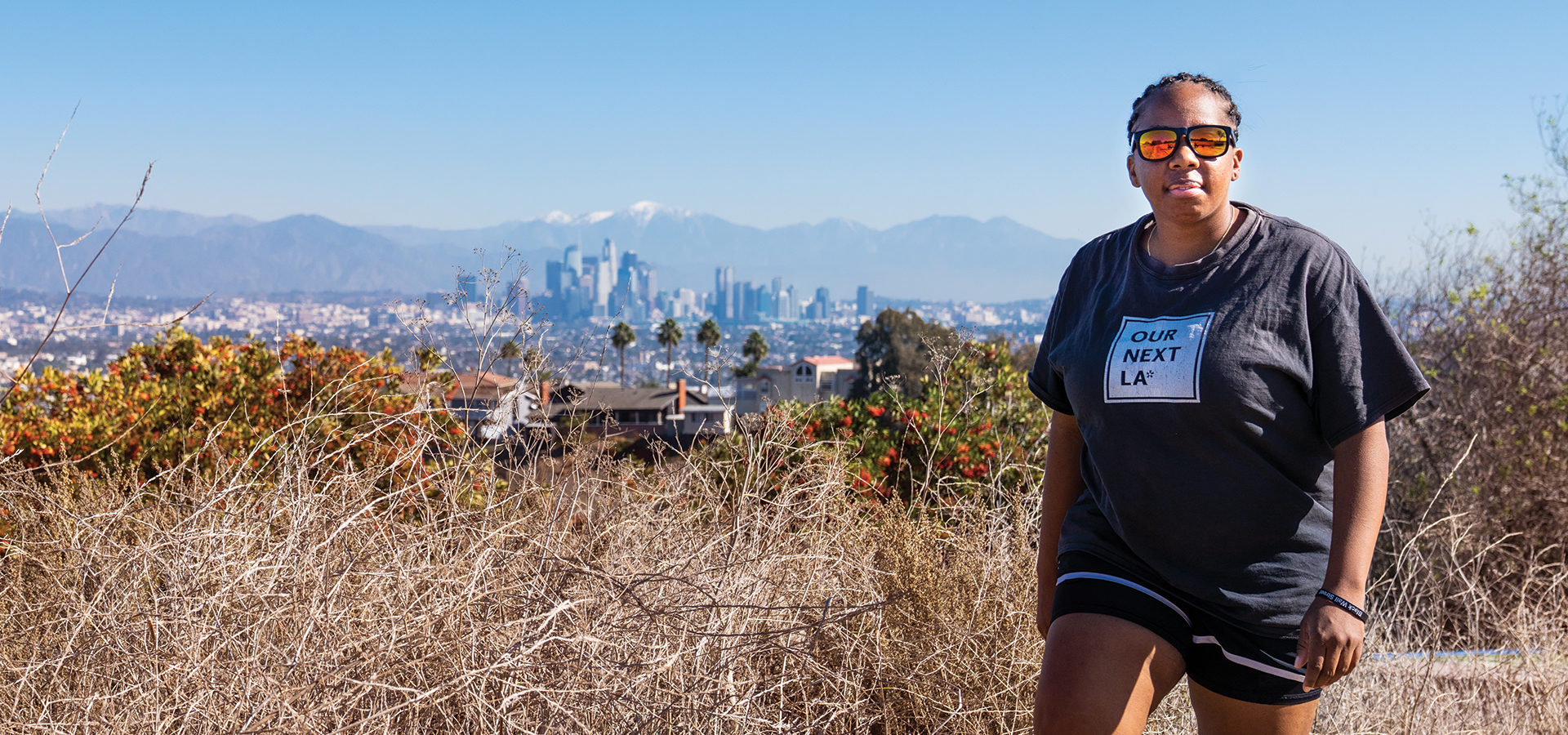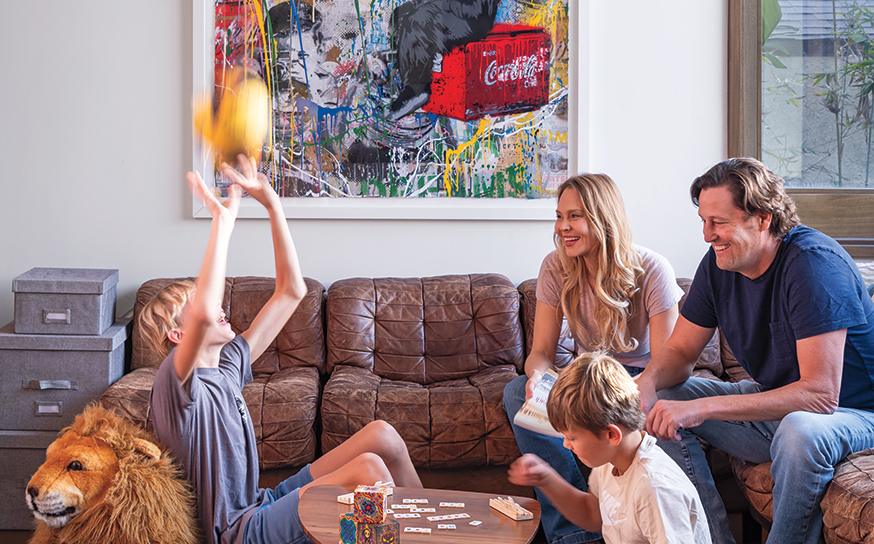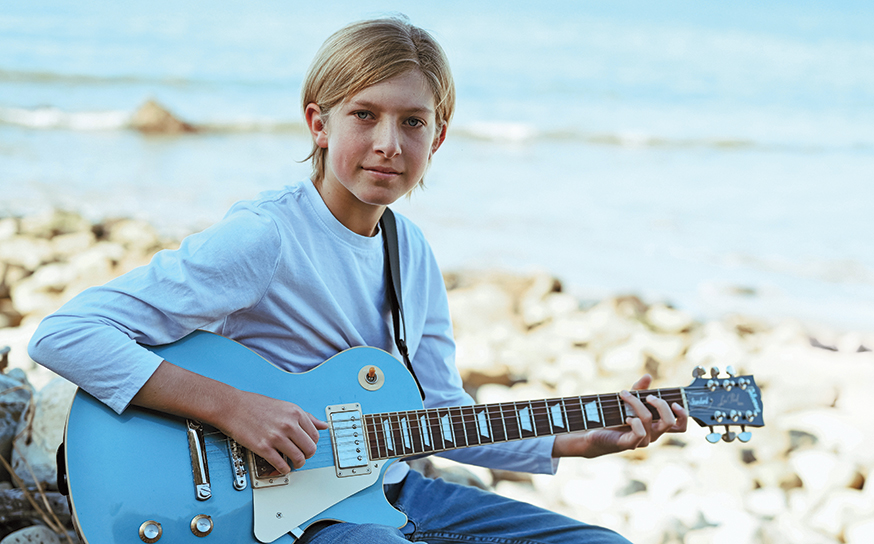Splash. A 16-year-old Juanita Gougis hits the water and swims down the lane. This is it: the California Interscholastic Federation state swimming competition. She trained with her older sister, her coach, for this moment.
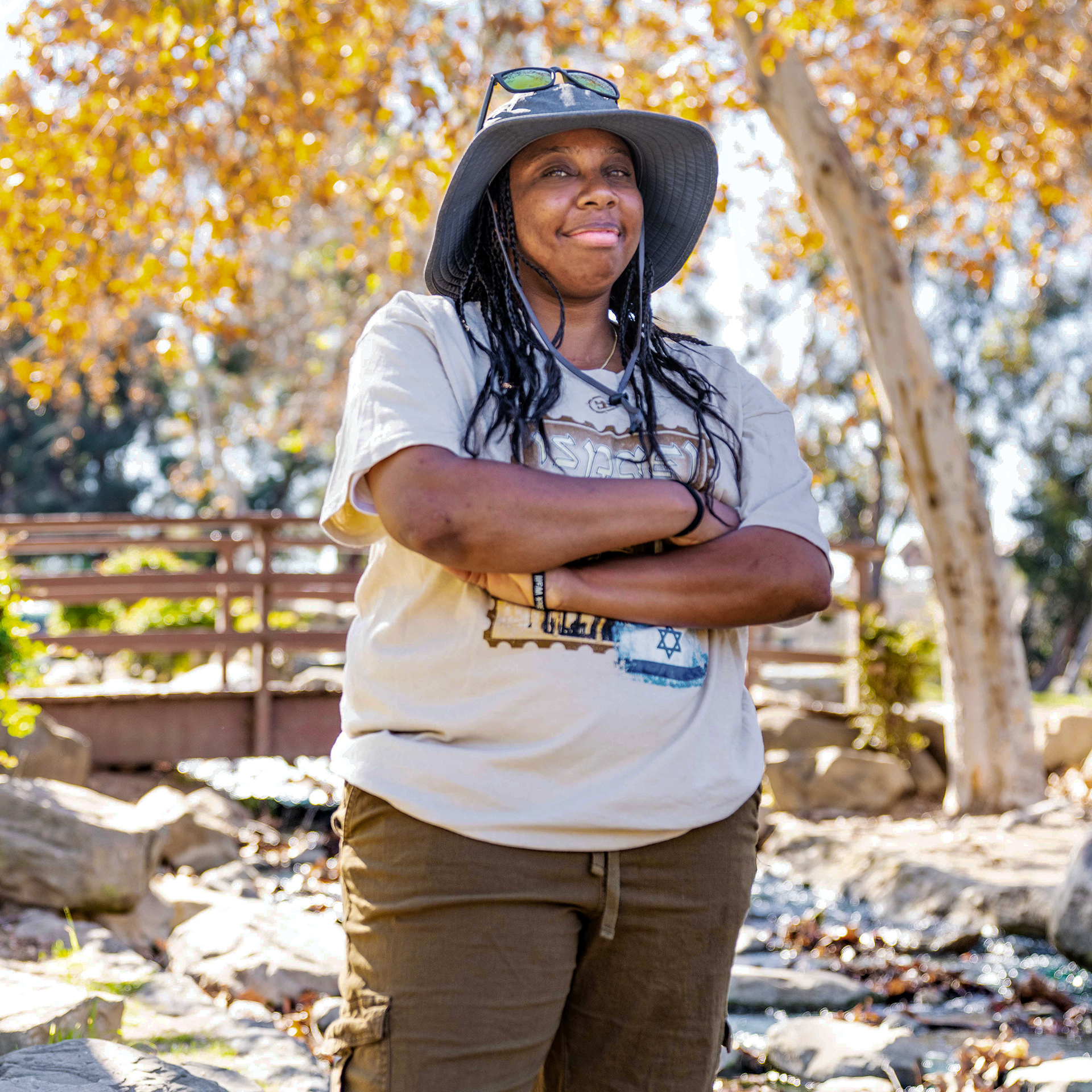
However, Juanita is not like other student-athletes. She has sickle cell disease—a blood disorder that affects cells’ ability to absorb oxygen, leading to misshapen cells. It is accompanied by “pain crisis”—extreme outbursts of pain—due to deformed cells. Juanita’s pain crisis is mainly in her arms and legs.
Number five of seven children, she was raised by a single mother. The two learned together about the disease. “She’s more than my caregiver. She has to stand up and look out for me everywhere,” Juanita says.
Though diagnosed at age 2, she didn’t realize she had the disease until she was 12. “I thought it was a normal thing—people go to the hospital and have pain crisis. But nope, it’s just me!” she says.
“I was so proud I was a pioneer and got to try something new.”
Her hospital stays ranged from one week to a month, sometimes over major holidays. Due to her excessive absences, she had to repeat kindergarten. While her teachers were understanding, her peers were not. “Kids are cruel,” Juanita says.
When she entered high school, she was determined to keep her disease a secret. However, at her small, all-girls Catholic high school, her peers noticed. “Oh, I just had a really long doctor’s visit,” she would tell them.
Her secret would not be kept for long. During her freshman year, the Red Cross asked her to participate in a photo shoot to spread sickle cell awareness. “I think they thought it would be cute to come to my school,” she says. Unexpectedly, a Red Cross truck pulled up at her school’s gates. Her face was plastered on the side of the truck with the word DONATE underneath. “I was exposed!” she says, laughing.
Much to her surprise, the girls responded kindly—even asking if they could donate blood directly to her. Blood drive donations skyrocketed because of the campaign. “I was so appreciative,” she remembers. “It became a sisterhood.”
While in high school, she joined a swim team. “My heart was in swimming,” she says. “It was my passion. I hated it when I had to miss meets, and I felt like I had to work extra hard to compete with people.”
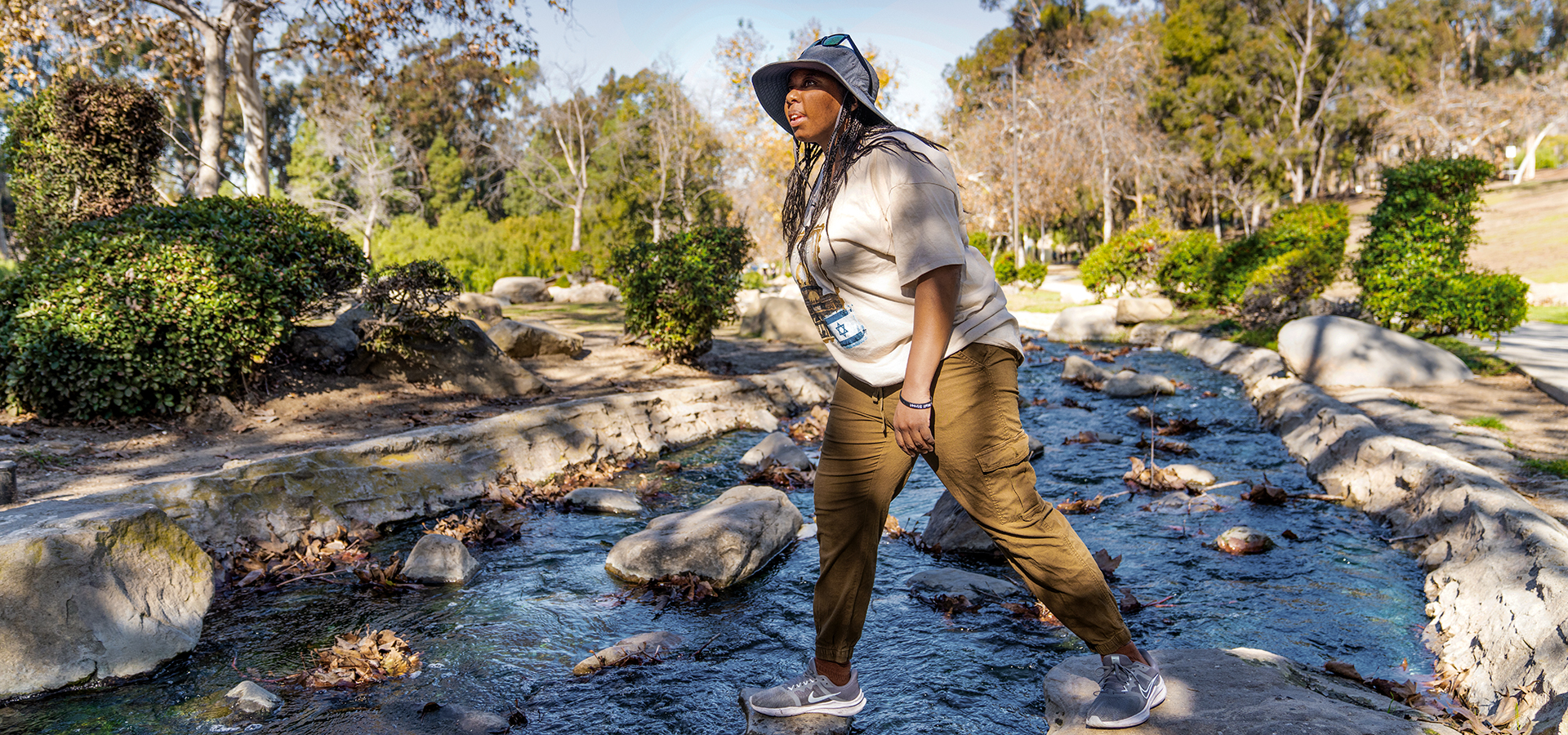
What happened next would finally give Juanita hope and, ultimately, change her life. With her mother’s urging, she volunteered to participate in a clinical study through The Lundquist Institute for a trial medication for sickle cell disease called Endari. There were no side effects expected, and the lead physician, Yutaka Niihara, MD, had worked with Juanita previously. “[On Endari], I started to notice that I wasn’t going to the hospital as much. I wasn’t experiencing a horrible pain crisis. I was starting to do the activities I loved,” she says, “I was actually starting to plan things.”
Endari is made of L-glutamine, an amino acid. “It’s like how some people take vitamin D—it’s already there, you’re just adding a little bit more,” she says. Endari helps red blood cells maintain oxygen, which leads to a decrease in pain.
Juanita’s testimony played a key role in getting the medication FDA-approved. “I was so proud I was a pioneer and got to try something new,” she says, especially because of the stigma surrounding sickle cell. Not only has she been told to “just take some Tylenol” during her hospital visits, but she’s also experienced prejudice—people with sickle cell disease are often labeled “drug seekers.”
“It’s getting better as more people learn, but it’s an uphill battle,” shares Juanita, who became a lifeguard manager so she could continue her passion. She also volunteered at a summer camp for kids with sickle cell. Her favorite part of the experience is “seeing these kids have fun and have a normal life and letting them know they aren’t alone.”
In addition to helping others, Juanita has three primary self-care practices: taking Endari, prioritizing her physical fitness and diet, and managing triggers—the cold and stress. “My family is like, ‘As long as she’s happy and warm, she’s good!’” she says.
Juanita, who thought she may not live past age 30, is 34 and “still kicking,” in her words. She takes hot-air balloon rides, parasails and even jumps out of airplanes. “I’m doing so much better. I’m going to the hospital only twice a year, and I’ve had years where I haven’t even gone.”
Juanita advises those with sickle cell to try Endari, as it enabled her to participate more fully in her own life. For those who don’t have the illness: “Learn, be more understanding and compassionate,” she advises. Even though she has watched dozens of “sickle cell warriors” pass, Juanita still manages to remain hopeful and realistic. As a little blue fish once suggested, she just keeps swimming.






